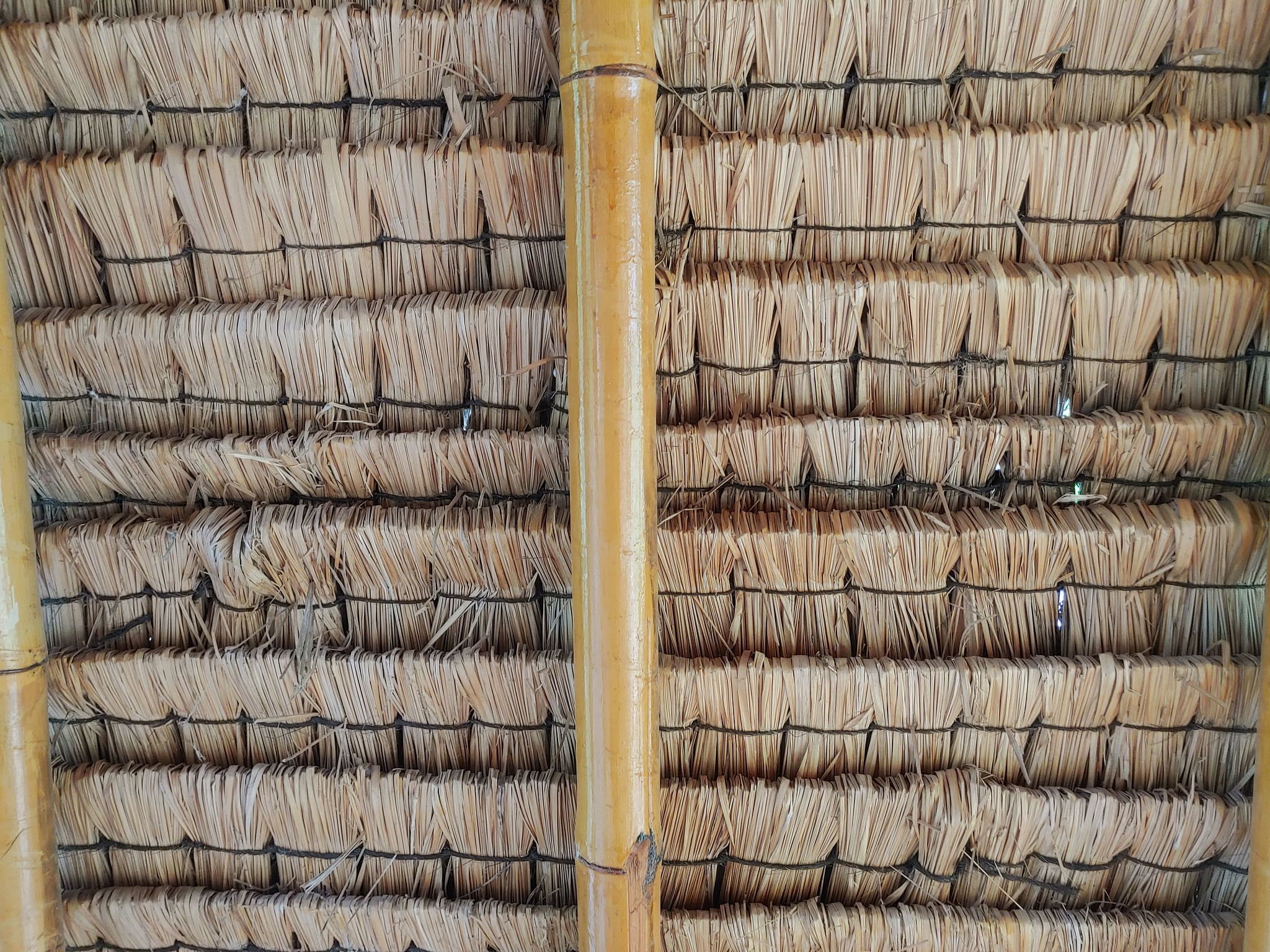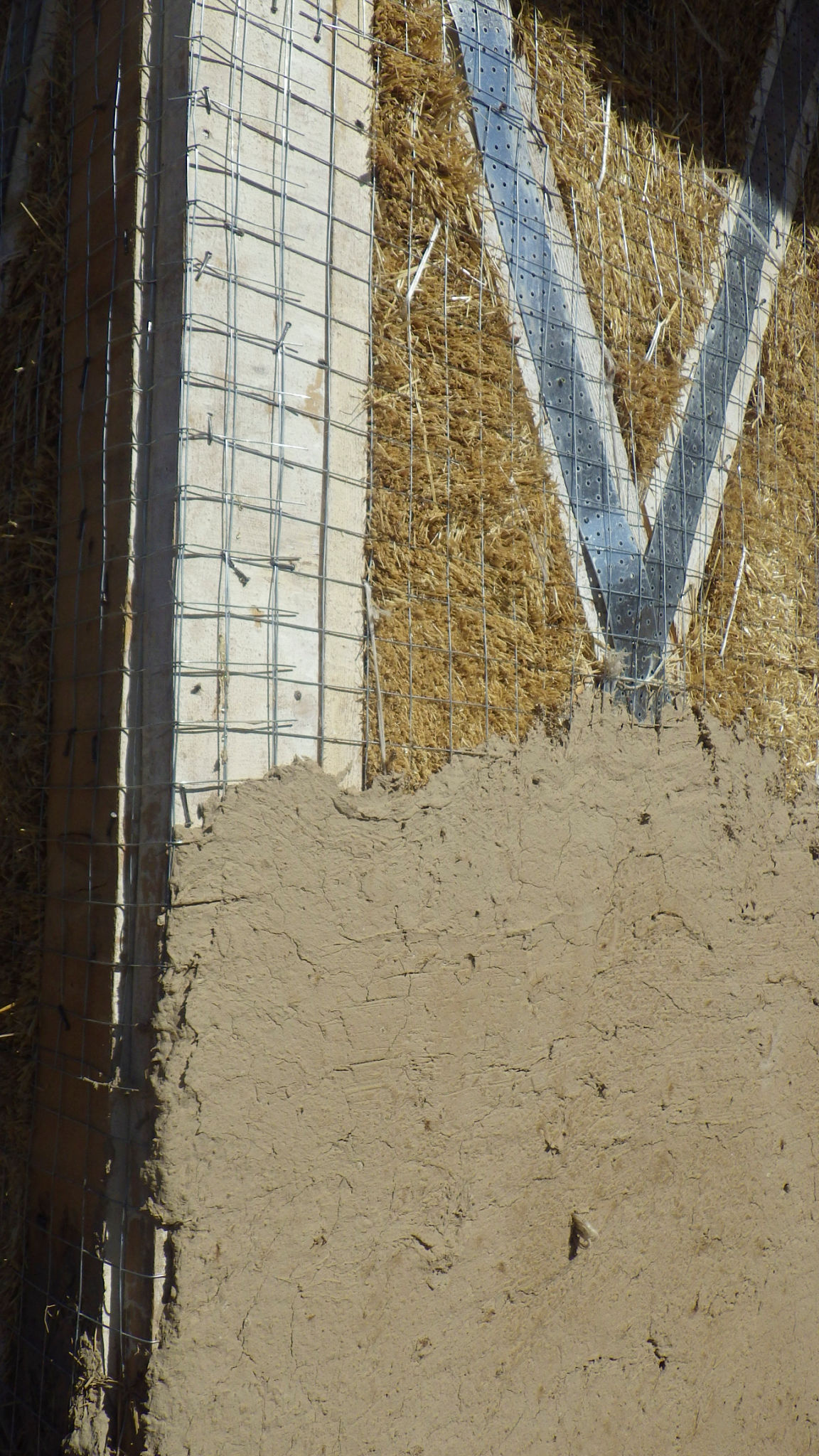Top 5 Sustainable Building Materials for Your Next Project
As the world moves towards more eco-friendly practices, the construction industry is no exception. Choosing sustainable building materials can significantly reduce the environmental impact of your project while also enhancing its aesthetic and functional value. Here, we explore the top five sustainable materials for your next building endeavor.
Bamboo
Bamboo is a rapidly renewable resource, making it an excellent choice for sustainable construction. Known for its strength and flexibility, bamboo is often used for flooring, cabinetry, and even structural support. It grows much faster than traditional hardwoods, reaching maturity in just a few years.
Additionally, bamboo's aesthetic appeal and versatility make it a popular choice among architects and designers aiming for a natural look. Its ability to thrive without pesticides or fertilizers further enhances its sustainability credentials.

Recycled Steel
Recycled steel is gaining traction as a sustainable building material due to its durability and strength. By using recycled steel, builders can reduce the demand for new steel production, which is energy-intensive and emits significant carbon dioxide.
Steel is ideal for structural frameworks, roofing, and other elements requiring strength and resilience. Moreover, steel can be recycled multiple times without losing its properties, making it a truly sustainable option.

Rammed Earth
Rammed earth is an ancient building technique experiencing a modern revival due to its eco-friendly attributes. This method uses natural materials like clay, sand, and gravel, which are compacted to create sturdy walls.
Rammed earth offers excellent thermal mass, helping to regulate indoor temperatures and reduce energy consumption. Its natural appearance also adds a unique aesthetic to any project.

Reclaimed Wood
Reclaimed wood is a sustainable alternative to new lumber, offering both environmental benefits and unique character. Sourced from old buildings, barns, or warehouses, reclaimed wood can be used for flooring, beams, and furniture.
Using reclaimed wood not only conserves trees but also reduces landfill waste. Its weathered texture and history-infused charm make it a favorite for rustic and modern designs alike.
Hempcrete
Hempcrete is a bio-composite material made from the inner fibers of the hemp plant mixed with lime. It's an excellent insulator, providing energy efficiency while being lightweight and breathable.
Hempcrete is resistant to mold, pests, and fire, adding to its appeal as a sustainable building material. Its production requires minimal energy, and it even absorbs carbon dioxide, making it a carbon-negative option.

Incorporating these sustainable materials into your building project not only supports the environment but also often leads to healthier living spaces and long-term cost savings. As the construction industry continues to evolve, embracing these eco-friendly options can contribute meaningfully to a more sustainable future.
